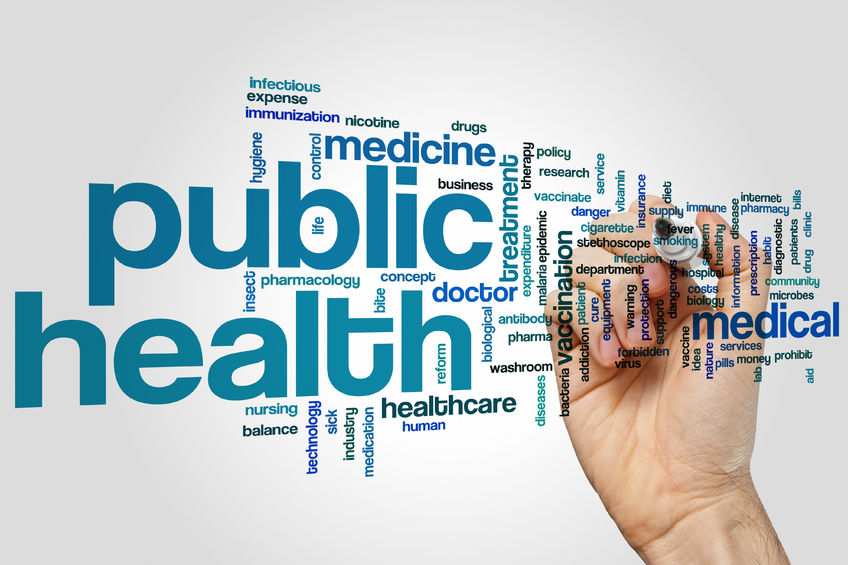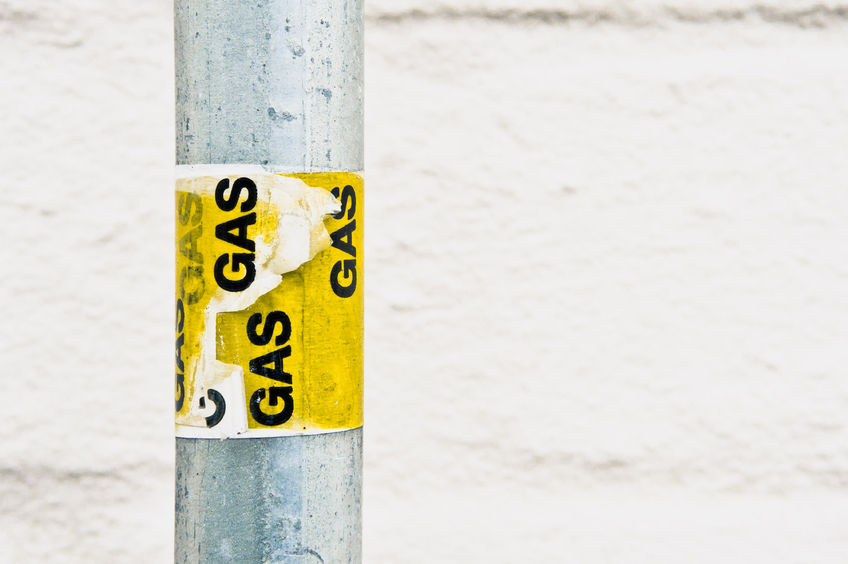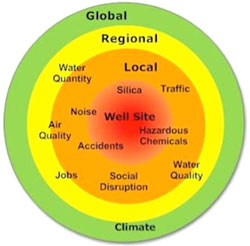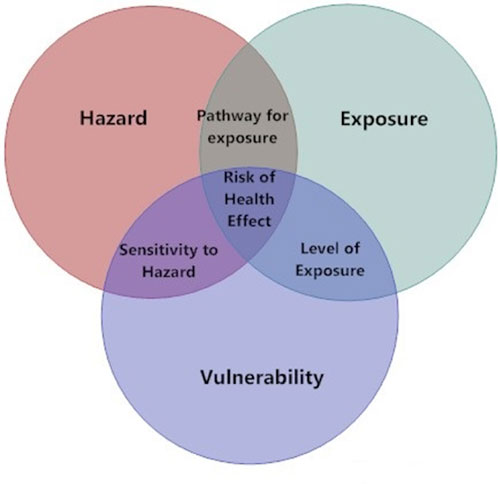| University of Colorado at Boulder | ||||||
 |
||||||
|
OSHA Well Drilling and Servicing eTool Identify common hazards and possible solutions to incidents that could lead to injuries or fatalities. Best management practices (BMPs) aimed at promoting safety and lessening the environmental impact of oil and gas operations may also reduce, and perhaps eliminate, some of the public health effects of oil and gas development. Field testing and consistent monitoring of BMPs and innovative technologies may be necessary to ensure that they are operating as intended and truly minimizing hazards. This point is illustrated by the recent discovery of unintended volatile organic compound emissions from tanks equipped with vapor control systems (http://www2.epa.gov/enforcement/noble-energy-inc-settlement). The public health-related BMPs in our searchable database range from voluntary industry practices to laws and regulations and are categorized according to several aspects of public health that may be affected by oil and natural gas development.
Public Safety - The prevention of and protection from events that could endanger the safety of the general public resulting in injury, harm, or damage. Worker Safety – The protection of worker safety, health, and welfare though prevention, thereby fostering a safe and healthy work environment. Accident prevention - Techniques used to prevent and/or mitigate an unplanned event or circumstance. Worker training – To educate an employee of the new or revised techniques used to complete a job or task. Water Quality – A measure of the suitability of water for a particular use based on selected physical, chemical, and biological characteristics that protect human health. Air Quality – A measure of the state of the air around us in regards to protecting public health, including the health of "sensitive" populations such as people with asthma, children, and older adults. Vector Control - A method to limit or eradicate the mammals, birds, insects or others that transmit disease pathogens. Sanitation - The hygienic means of promoting health through prevention of human contact with hazards of wastes as well as the treatment and proper disposal of waste. Worker Health - The protection and promotion of employee health. Community Health - The study and improvement of the health characteristics of communities focusing on geographical area. Emergency Preparedness - The discipline of dealing with and avoiding both natural and manmade disasters using mitigation practices, preparedness, response and recovery in order to lessen the impact of disasters. Community Resilience - A measure of the sustained ability of a community to utilize available resources to respond to, withstand, and recover from adverse situations. Sustainability - Creating and maintaining the conditions under which humans and nature can exist in productive harmony; these conditions permit fulfilling the social, economic, and other requirements of present and future generations.
|
||||||

 Public Health Basics
Public Health Basics Public Health Hazards
Public Health Hazards Exposure
Exposure Public health Risks
Public health Risks Resources for Communities
Resources for Communities